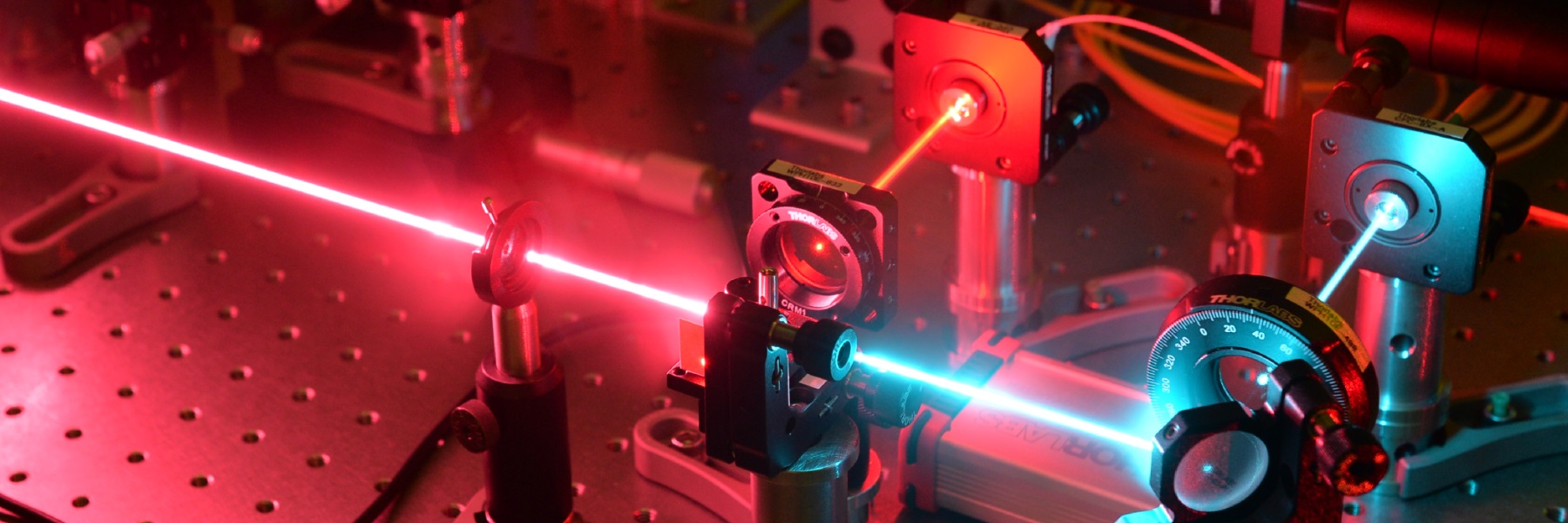Quantum Information
Summary
Quantum information has the potential to revolutionize the way we process, store, and transmit information. We are pursuing these applications in quantum information with trapped atomic ions and photons. In particular, we are developing the techniques and technology needed to contruct a fully integrated, scalable system for quantum computation, communication, and simulation.
Background
That the features of quantum physics may be advantaged for computational tasks was noted early by Richard Feynman [Int. J. Th. Phys. 21, 467 (1982)] and David Deutsch [Proc. R. Soc. London A 400, 97 (1985)]. The interest in these ideas of quantum information exploded in 1994, when Peter Shor presented a quantum factorization algorithm -- since factorization is linked to encryption protocols, Shor's algorithm linked quantum information to the security of information. Since then, the techniques, control, and precision enabled by research in quantum information has been cited for a wide range of applications.
Efforts in quantum information are mostly focused on four main areas:
- universal quantum computing (including aspects required for Shor's algorithm, among others)
- quantum communication (a new form of secure information transfer)
- quantum simulation (using one well-controlled quantum system to emulate another, complex quantum system)
- fundamental tests of quantum physics
Focus
Our research is focused on interfacing two of the most advanced systems for quantum information protocols: trapped atomic ions and photons. Trapped ions have been recognized as one of the most promising candidates for quantum bits (qubits) due to their demonstrated long coherence times, and the precision control and detection achieved over both internal and external degrees of freedom. On the other hand, photons are the natural choice for bridging long distances. Thus, by interfacing ions with photons we are pursuing both quantum computation and communication, as well as potentially enabling a new scale for quantum simulation and fundamental tests of quantum physics.
Denison University
100 West College Street
Granville, Ohio 43023
Dr. Steven Olmschenk
email: olmschenks [AT] denison [DOT] edu
phone: 740.587.8661




